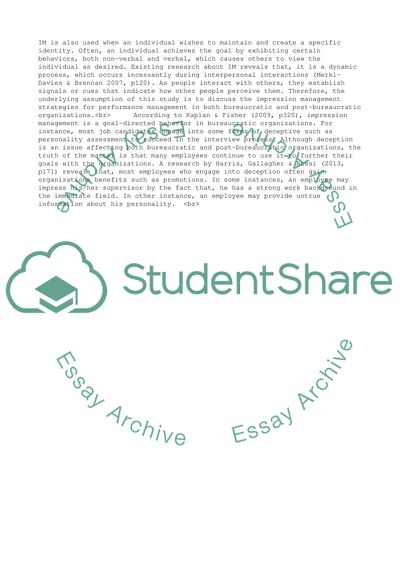Cite this document
(“Management Strategies - impression management (IM) Essay”, n.d.)
Retrieved from https://studentshare.org/management/1625726-management-strategies-impression-management-im
Retrieved from https://studentshare.org/management/1625726-management-strategies-impression-management-im
(Management Strategies - Impression Management (IM) Essay)
https://studentshare.org/management/1625726-management-strategies-impression-management-im.
https://studentshare.org/management/1625726-management-strategies-impression-management-im.
“Management Strategies - Impression Management (IM) Essay”, n.d. https://studentshare.org/management/1625726-management-strategies-impression-management-im.


